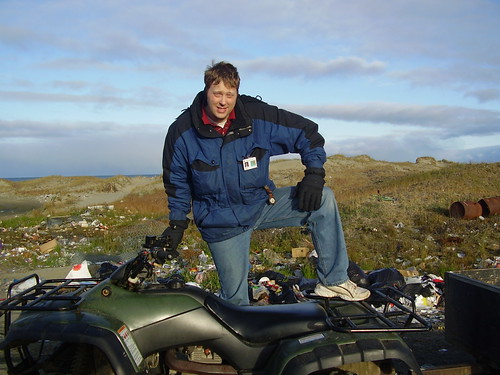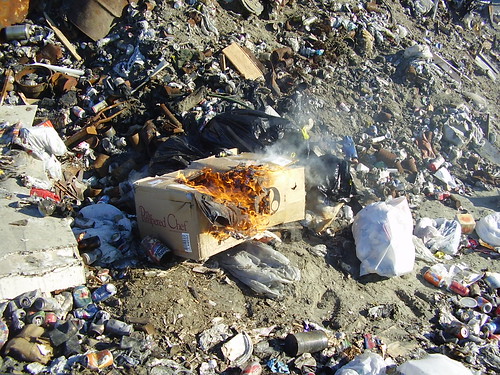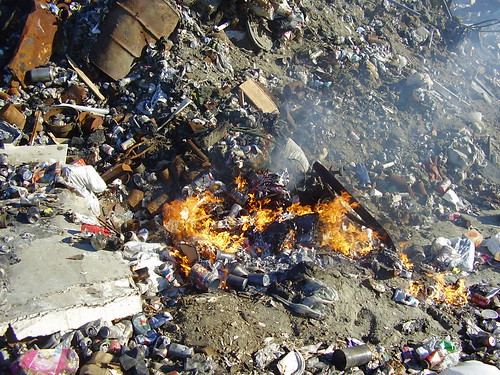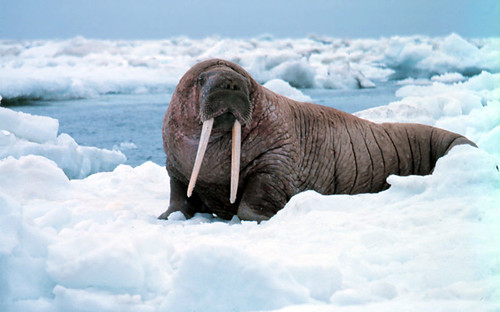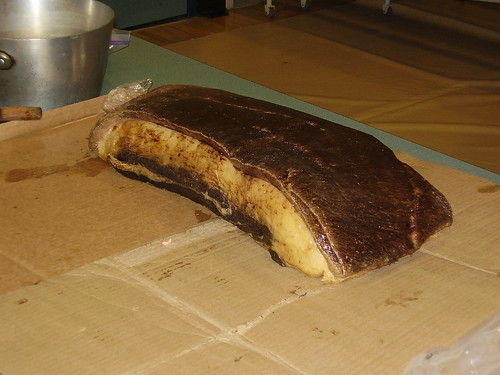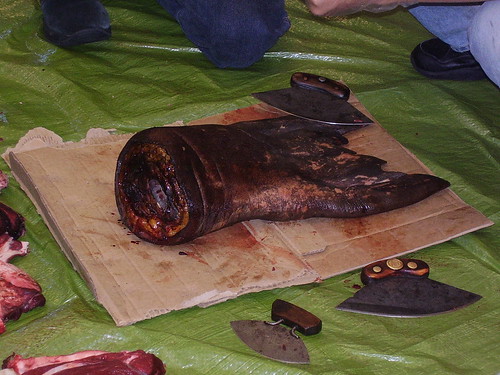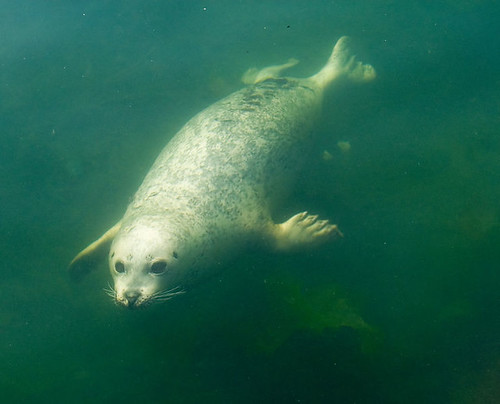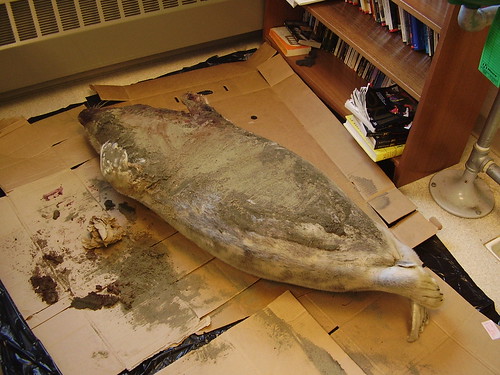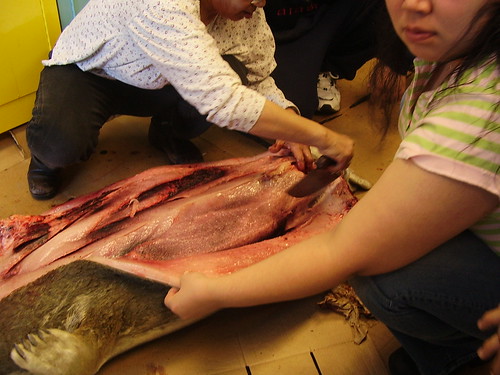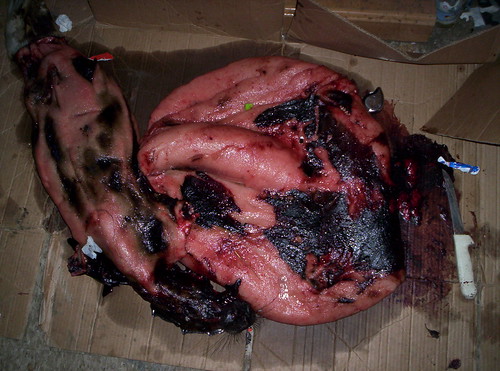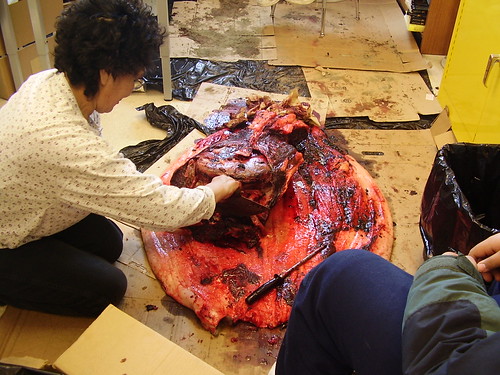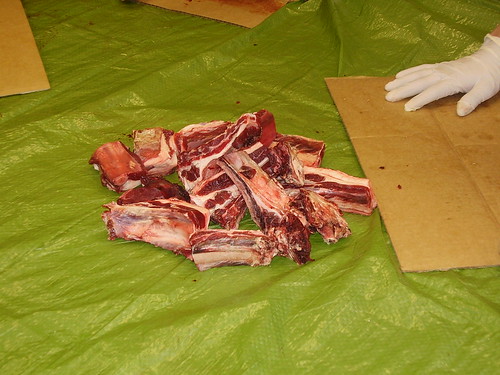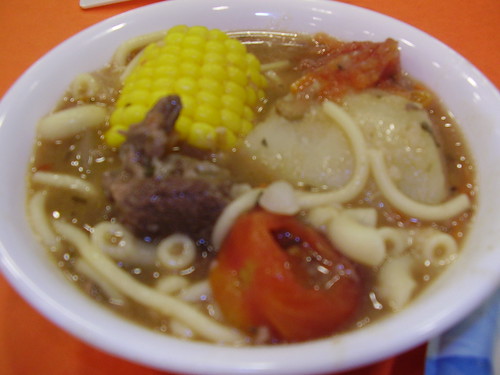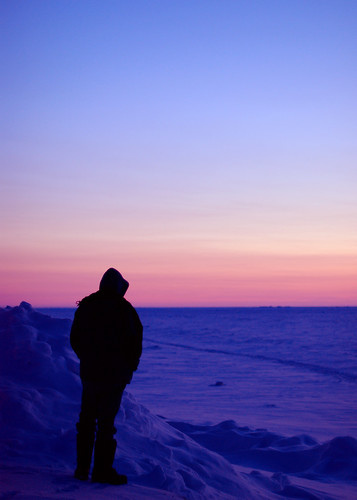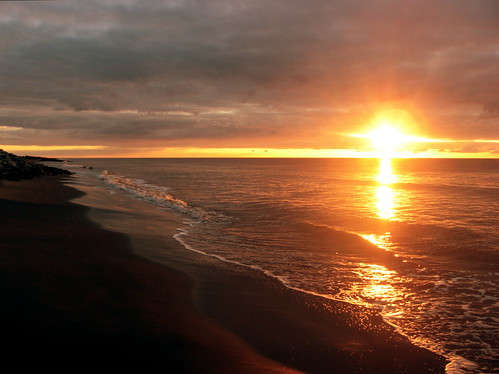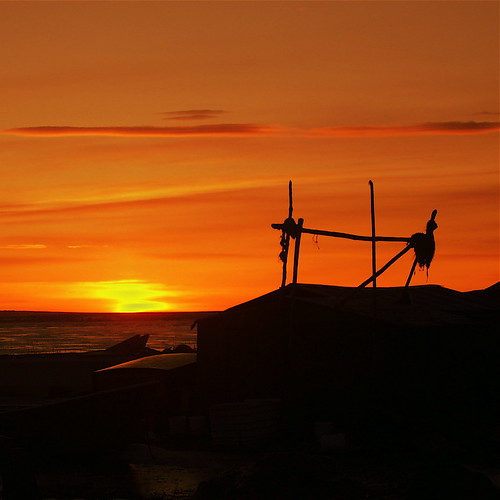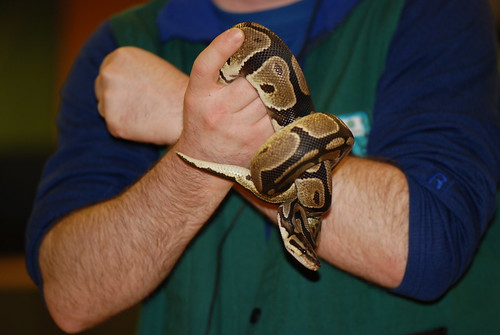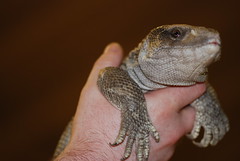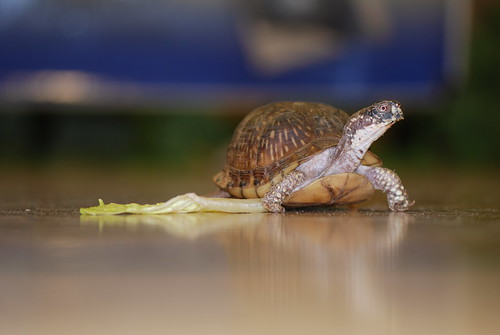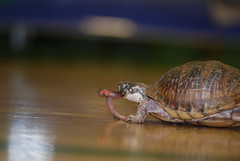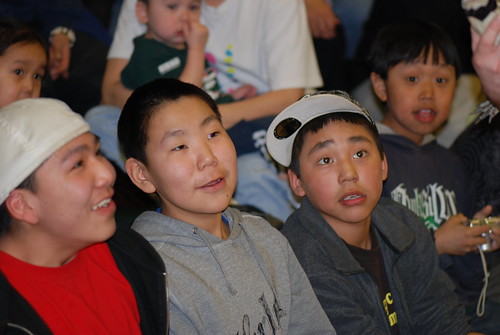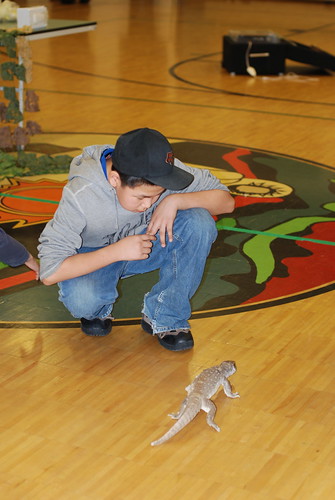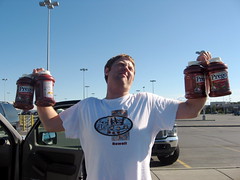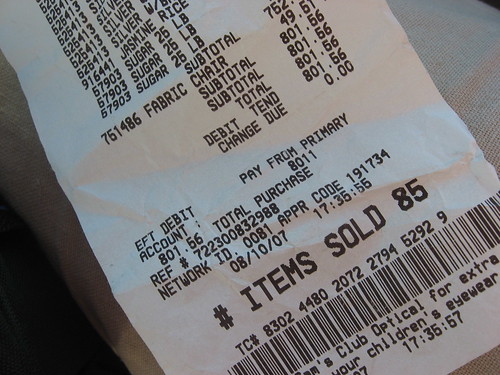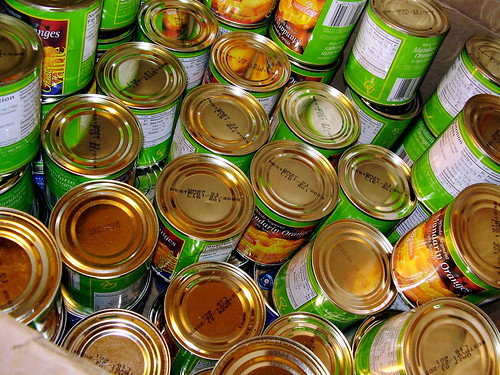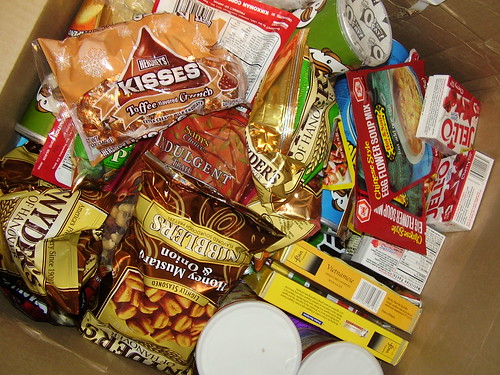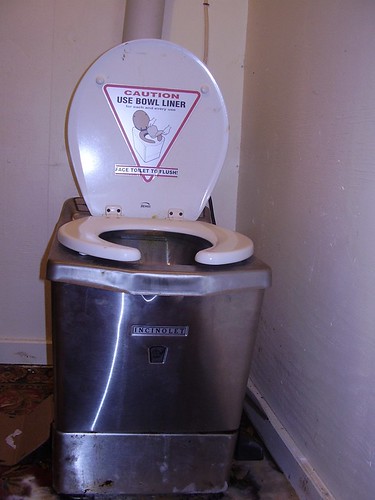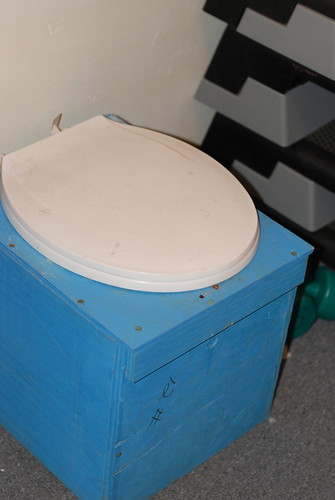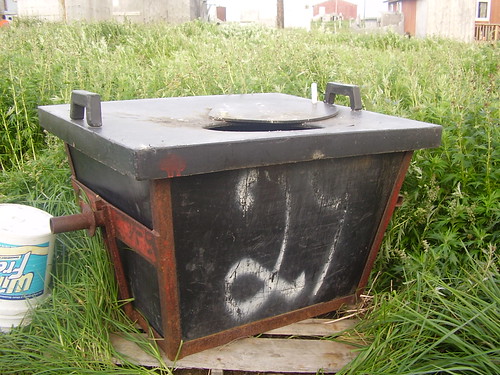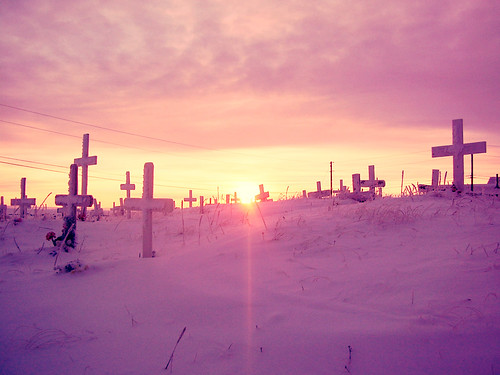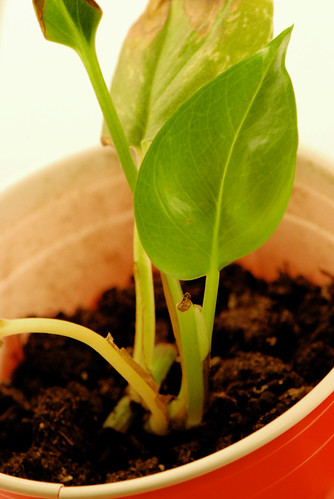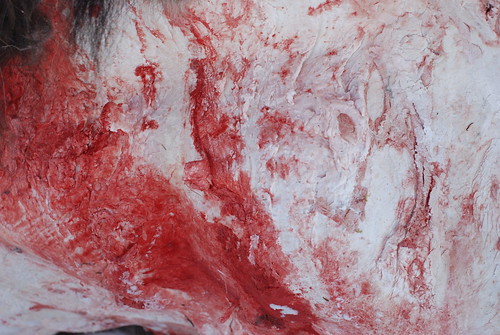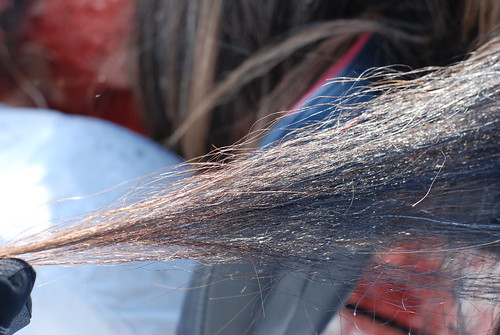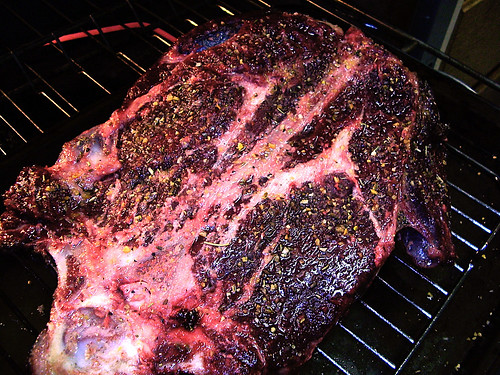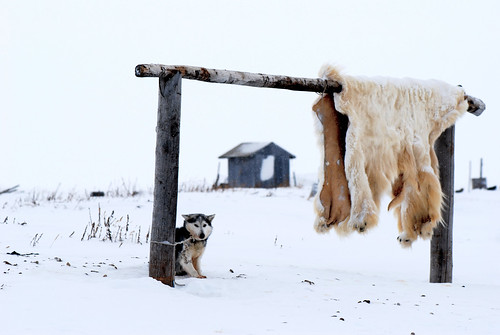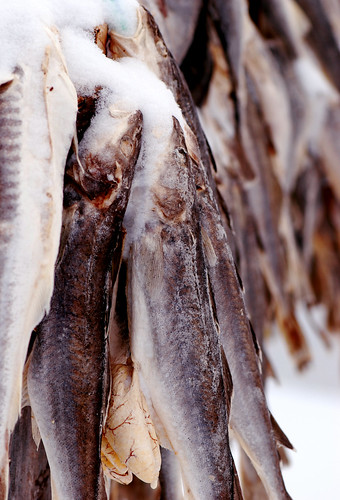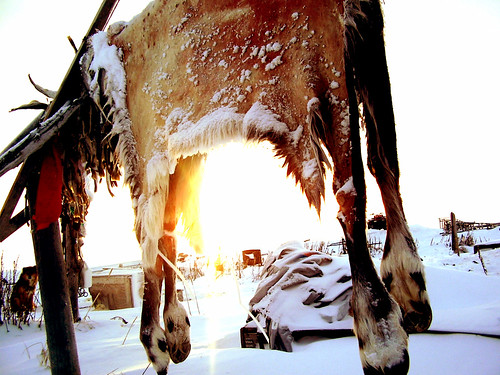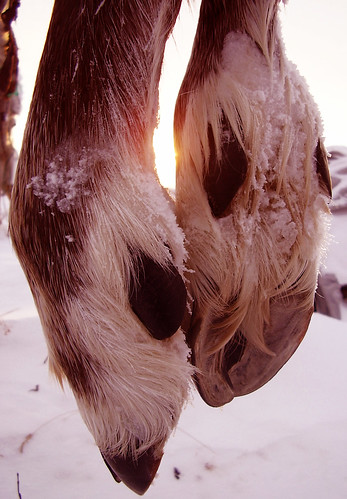Steve and I are members of the Alaska Anchorage Bush District.
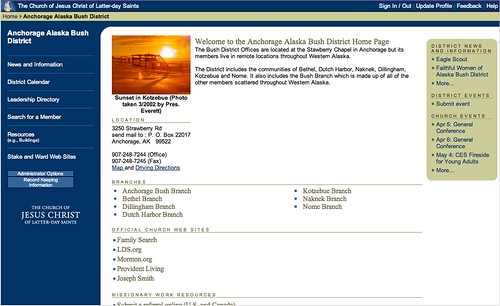
Here is a screenshot of the District Home Page to prove it actually exists. If you can't read the writing on the picture, you can click on it for a larger version or check out the original homepage
here. The district is made up of seven branches located across western Alaska. Six of the branches are in "larger" communities: Nome (population 3,000), Kotzebue (population 6,000), Bethel (population 6,000), Naknek (population 678), Dillingham (population 4,000), and Dutch Harbor (population 2,500).
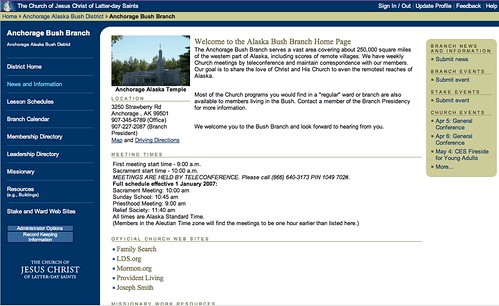
We are in the seventh branch: the Anchorage Alaska Bush Branch. It encompasses all of the villages in western Alaska that do not have their own branch (again, I am including a screenshot to prove that the branch does, in fact, exist; you can see the original homepage
here).
The members of our branch are scattered across hundreds of miles, and most of us have never met face to face. Most of the members are teachers or principals (or married to teachers or principals). Our branch president, his first counselor, and the ward clerk/executive secretary live in Anchorage. The rest of the leadership positions are filled my members living in little villages. Our branch has a conference line which we use to hold all of our meetings (the first year we had to use our calling cards to call it. General Conference weekend killed us financially. The last two years they've switched to a toll-free number. That's been really nice). About thirty five people call in for Sunday meetings.
A typical Sunday schedule looks like this:
7:50 am- I roll out of bed, put on a dress (I usually wear jammie pants underneath my dress because it's cold), grab my Relief Society binder, and position myself on the couch.
8:00 am- Ward Council
8:45 am- I go back to bed, and Steve gets up.
9:00 am- Priesthood (we only have one young man in the branch, so he meets with the Priesthood and even teaches the lesson one week a month).
9:40 am- Priesthood ends and Steve prepares the Sacrament.
9:59 am- I roll out of bed again and resume my position on the couch.
10:00 am- Sacrament Meeting (they put the conference call on silence mode for about five minutes to allow families to bless the Sacrament in their individual homes). Members of the branch give talks over the phone. Sometimes we have "visiting speakers" from other places. The third Sunday of the month is High Council Sunday, and our High Councilmen call our conference line from wherever they are.
11:00 am- Sunday School. We have two Gospel Doctrine teachers. They alternate teaching responsibilities every week.
11:40am- Relief Society. Steve usually takes a nap or eats something during this time.
There are about eighteen Primary children in the branch. All of their moms have been formally called as Primary teachers, and they hold primary in their homes.
During church, we spend a significant portion of time having conversations like this:
Sunday School President: Sister Smith, can you say the opening prayer?
Sister Smith: (silence)
Sunday School President: Sister Smith, are you there?
Sister Smith: (silence)
Sunday School President: Sister Smith?
Sister Smith: Sorry! I forgot to take the phone off mute!
(This is a very common problem. All families mute their phones so that the branch can't hear crying children, noisy heaters, oven timers, etc. It's really easy to forget to turn off mute before you speak. I once bore my entire testimony before realizing that instead of pushing the mute button, I had hung up.)
Here is another common conversation during Sunday School:
Sunday School Teacher: (Asks any lesson-related questions)
Sister A, Brother B, and Sister C: (answering simultaneously) "I think that... I've noticed... I'll answer..."
Sister A: Oh, hahaha, Brother B. , you go ahead.
Brother B. and Sister C: (answering simultaneously) "As I was saying... I was just going to mention..."
Brother B. and Sister C: (again simultaneously) "You go ahead..."
You get the idea. It's a little tricky to elicit participation when you can't see people raising their hands and call on them individually. This awkwardness is further complicated by the fact that each of us experiences phone delay at a different rate. Sometimes when you ask a question, it's a few seconds before the person on the other end hears it. Then, they take a few seconds to respond, and there's a few second delay before the teacher hears their answer. This can make for some interesting silent pauses, but you get used to it.
Despite the often awkward communication, we've been able to develop some good relationships with members in our branch. After talking to them every week for almost three years, Steve and I consider some of them good friends. The meetings are often very spiritual, and there's a very positive vibe during most meetings.
Fun facts about our branch:
- our branch is almost seasonal. Almost all of the teachers/principals and their families go downstates for summer break, leaving only a handful of members
- last summer the entire Relief Society Presidency and Elders Quorum Presidency left for the summer, so other members of the branch had to take over their responsibilities
- I do most of my visiting teaching by e-mail or handwritten letter. Visiting teachers are assigned according to communication preference (phone talkers are matched with phone talkers, e-mailers are matched with e-mailers, and letter writers are matched with letter writers)
- I have met the branch president and five sisters from the Relief Society. That's it. I could run into fellow branch members at Wal-Mart, and I would never even know it. (Steve once attended an education conference and was in a several day long session with one of the sisters in our branch and didn't even know it. We found out later when I was talking to her on the phone.)
- I have exchanged pictures with a handful of sisters in the branch. Most people do not look anything like how I pictured them in my head. The first counselor in the branch presidency, however, matches his voice exactly. I've been told that my face matches my voice too (I hope that's a good thing).
- I have discovered I have ultrasonic hearing. I can hear things on the conference line that nobody else can. I am regularly clarifying things for the rest of the branch when somebody has a bad connection and can hardly be heard ("President, I think Sister Smith said they have five people with them today, not a hive of people.")
- I also have discovered that I have an uncanny ability for voice distinction. I can recognize who is speaking and remember where they are from within the first few seconds of their comments.
- The General Primary President "attended" our branch Primary Presentation last year.
- The first counselor in the General Young Men's Presidency was a speaker for one of our firesides. He also happens to be Steve's former Mission President, so Steve e-mailed him and asked him if he would speak. President Burgess (super fantabulous guy, by the way) and his wife (equally fantabulous sister) called in from their home in Sandy, Utah.
- I am the first Relief Society President in the branch to serve from within the branch. In the past they have always called a sister from Anchorage, or another town, to fill the calling. Our last branch president decided he wanted the branch to be self-sustaining, so he called a sister from a village (me) to the position. My entire presidency is also from small villages. We feel like pioneers.
- I have never met my counselors. I talk to them every week during our Presidency Meetings on our conference line. My secretary teaches in our school district. I see her twice a year at district inservice meetings.
I have many more humorous and interesting church anecdotes, but this post is already amazingly long. Look for more information in View From the North's next installment of Fun Fact: Church By Phone.
